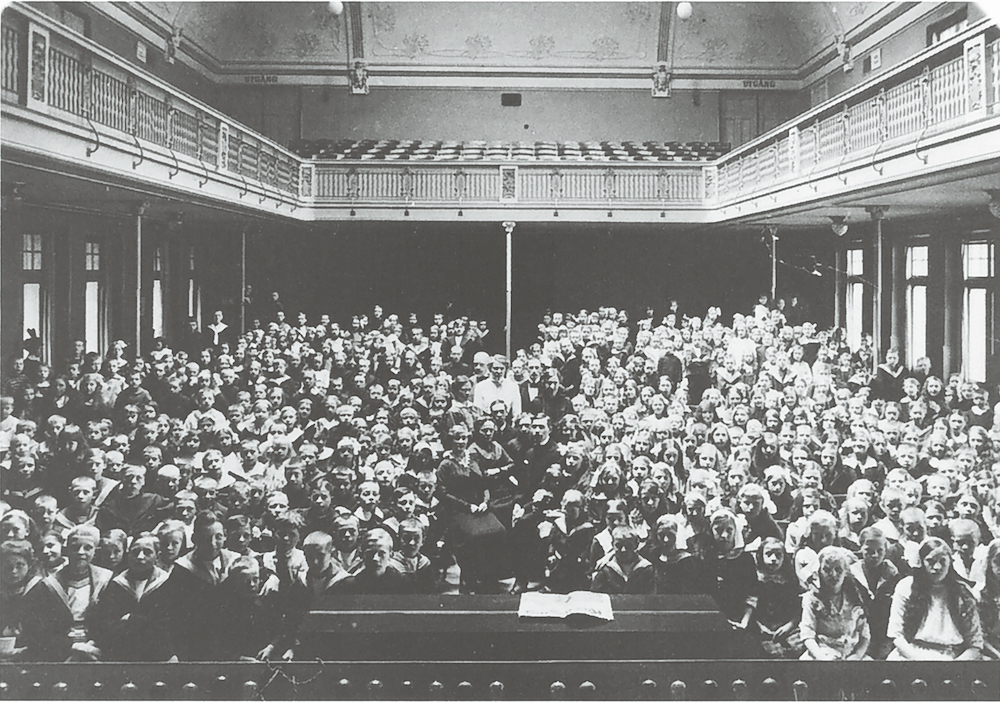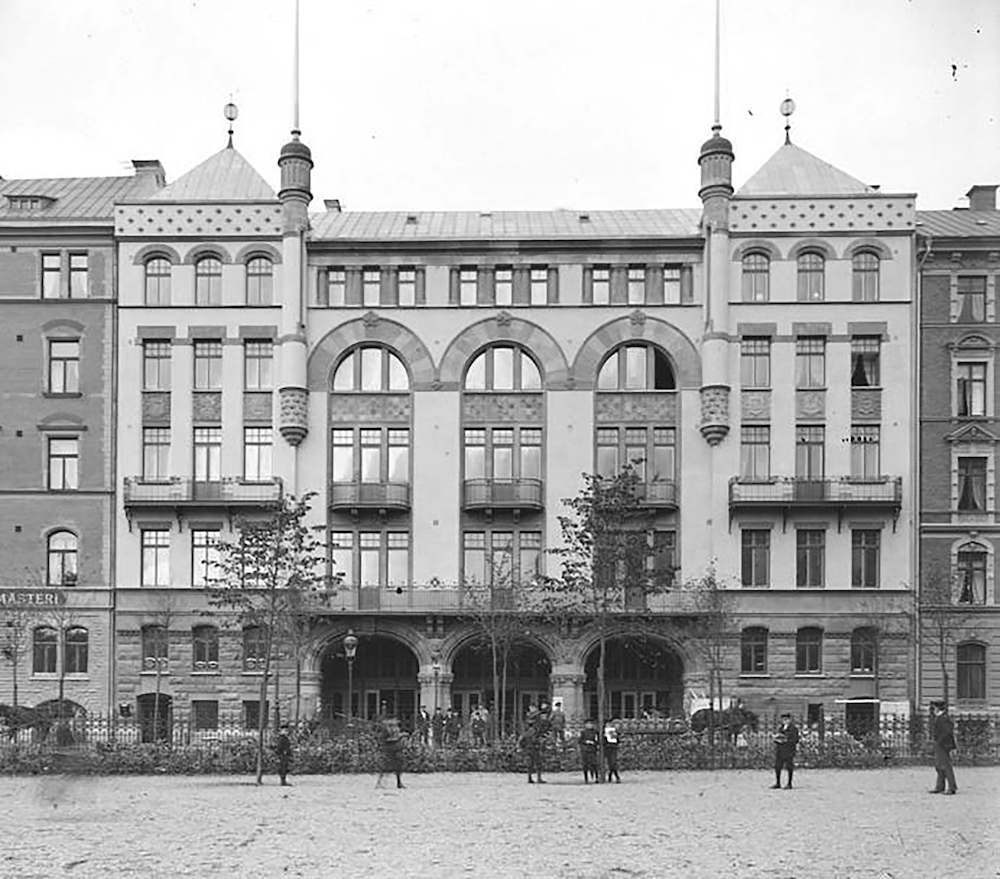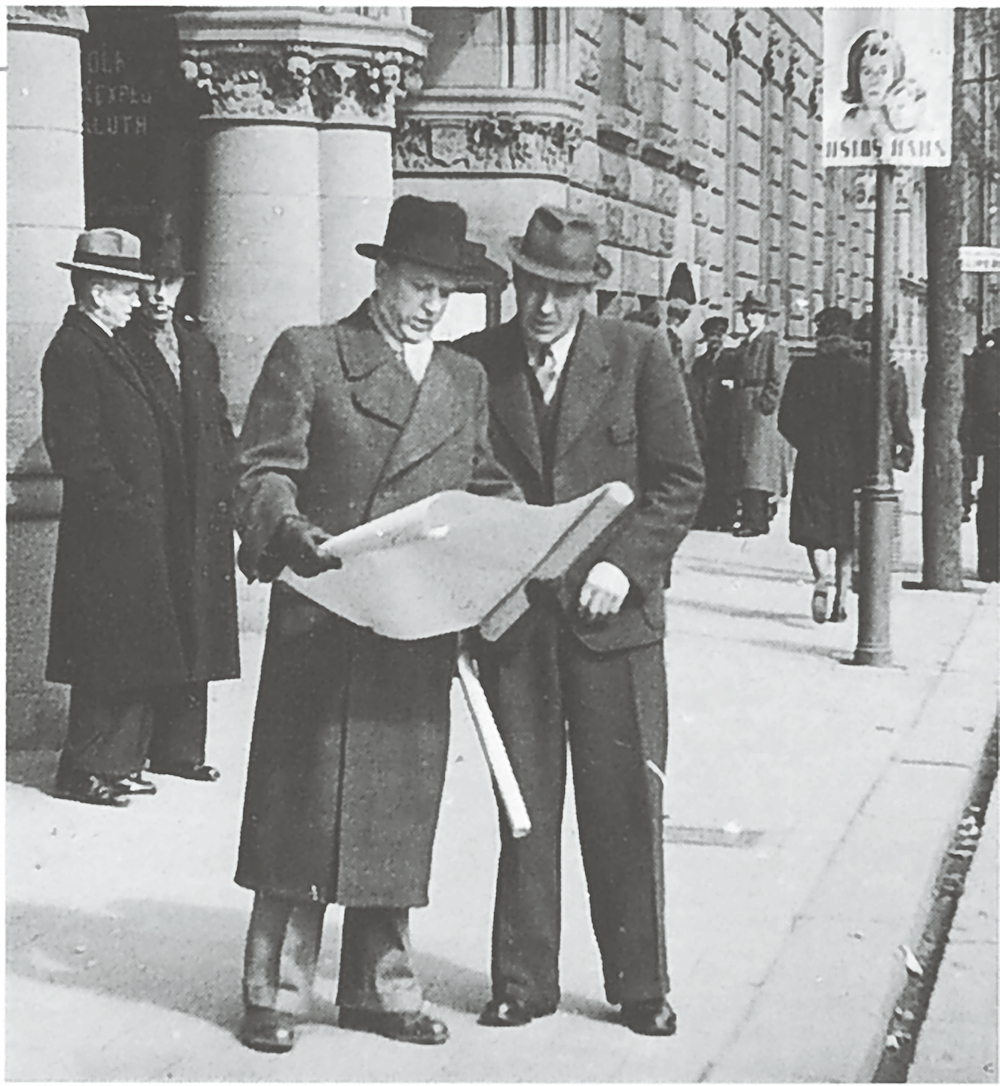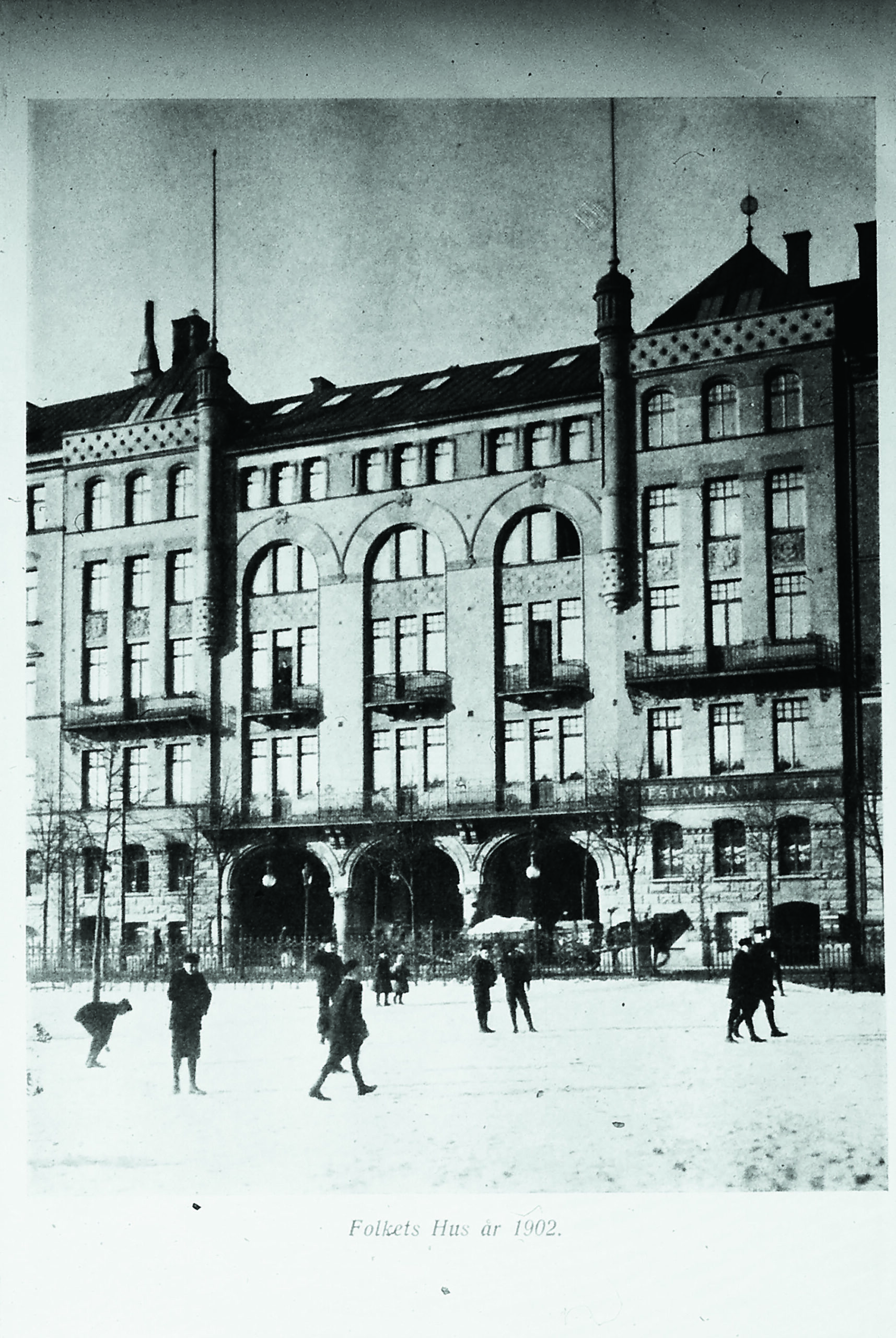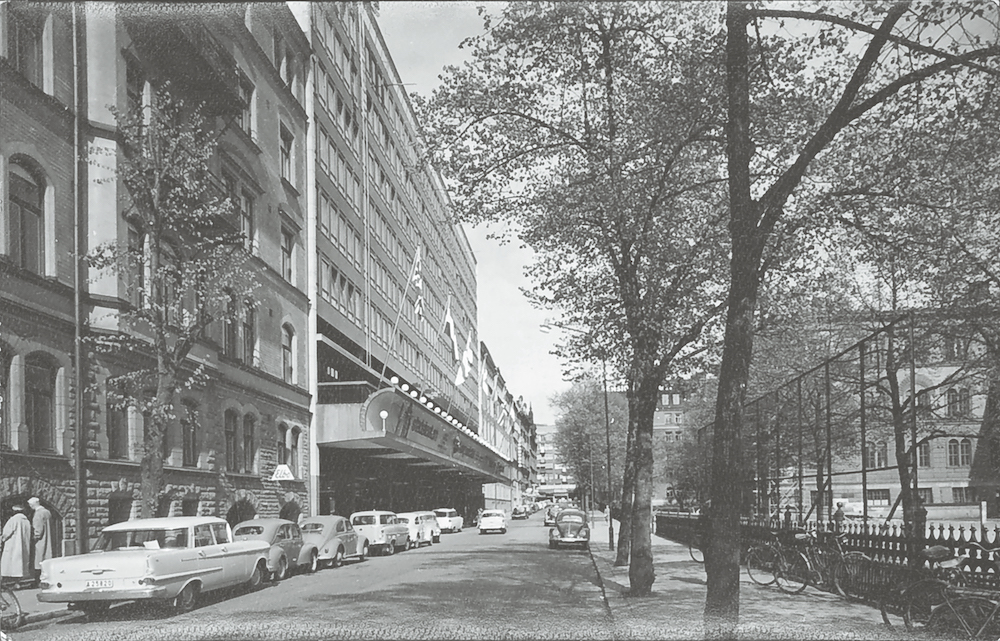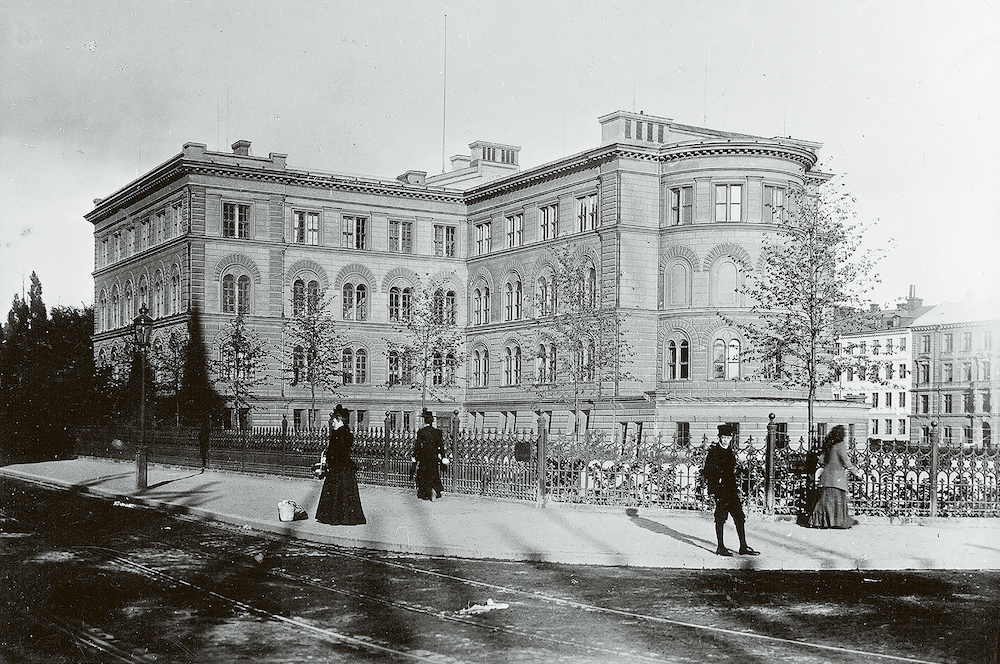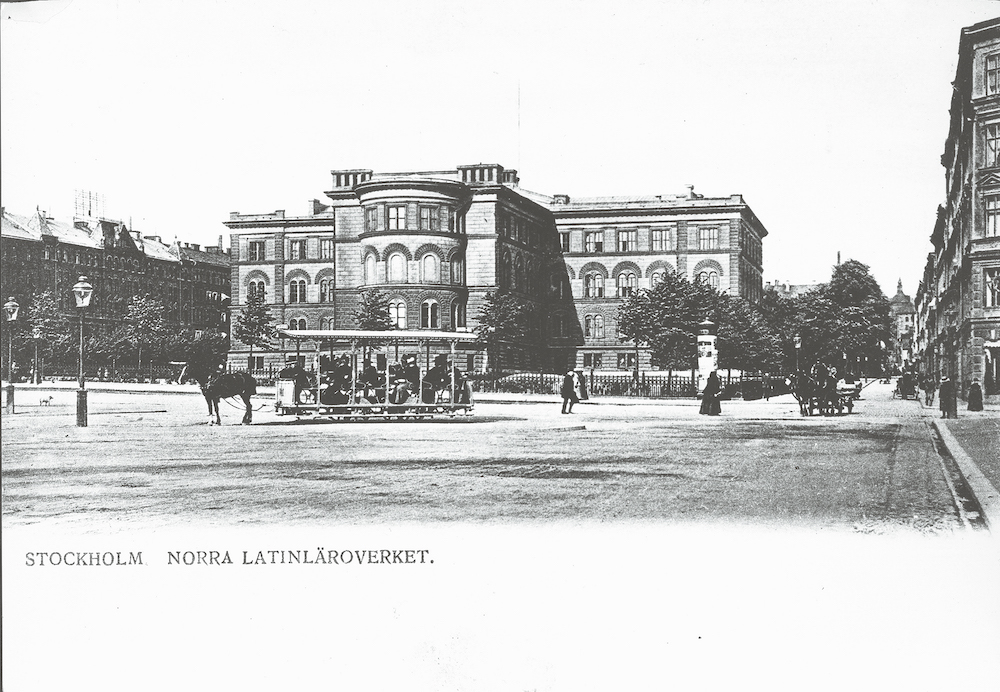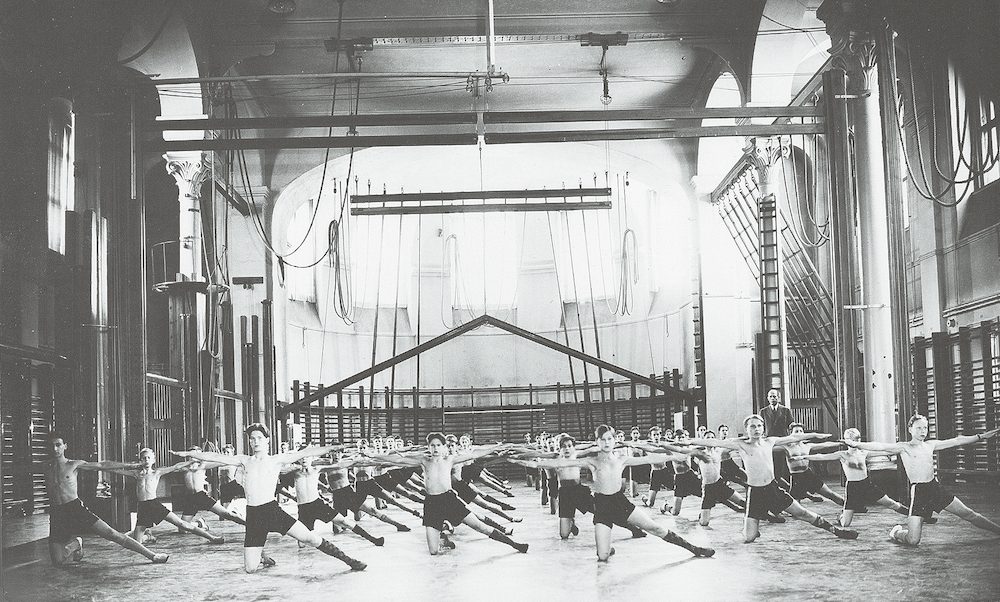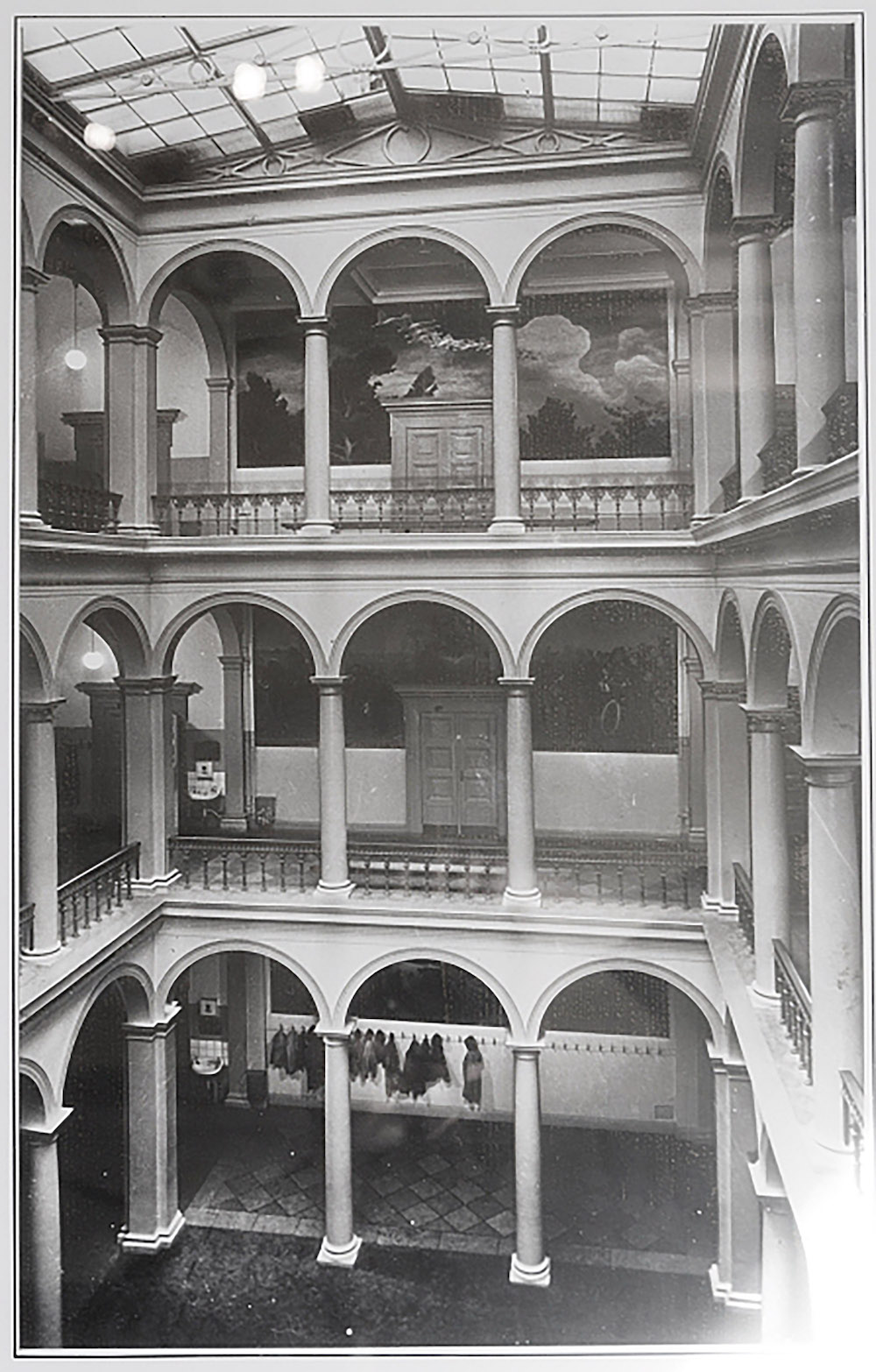Norra Latin and Folkets Hus are not only situated in the heart of Stockholm – these two buildings have also played no small role in the city’s history and development. Norra Bantorget has for many years been the heartland of the Social Democrat Party and the labour movement and played an important role in Sweden’s development.
As recently as 1850, the area that is now the elegant square of today consisted of little but impenetrable thickets, mud and brushwood. This marshland was bordered by two penal institutions, which were situated where Folkets Hus stands today. Opposite the prison area, where Norra Latin was later built, was a leafy English-style pleasure park and a kitchen garden that was planted by the Swedish Horticulture Society in 1830.
Everything changed with the construction of the railways which played a key part in the creation of the area as we now know it. The Stockholm-Uppsala section of the Northern Main Line was opened to rail traffic in 1866, bringing with it a demand for a market square. This was completed in 1867, and was named Norra Bantorget.

